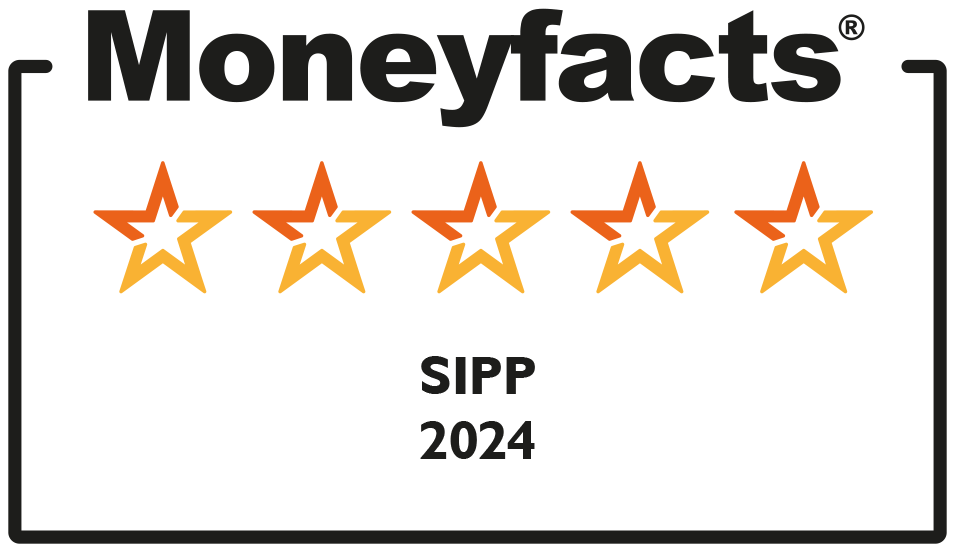10 of your most common questions when transferring a property between SIPPs
Advisers ask us a wide variety of SIPP-related questions, some more frequently than others. However, a topic that constantly arises concerns “transfers in-specie” of property from other SIPP providers (and some SSASs too).
Some advisers have experience in this area. For others, this will be something they are rarely involved in. As such, we receive many enquiries asking us about how a transfer in-specie of property works in practice.
You’ve previously read a case study that explains the transfer of a property between one SIPP provider and another. To help answer your common queries, here are answers and insights to the top 10 questions you ask us about this subject.
1. Can IPM accept a transfer in-specie of property?
As with agreeing to proceed with a purchase in principle, there are factors we will consider when we’re asked to take a property in-specie.
Firstly, we go back to our original position on holding property within our scheme, namely that we will consider any commercial property in the UK on a freehold or leasehold basis. Does the property satisfy this?
If so, we then need to understand why a client is considering a transfer. If the reason is due to the existing provider applying HMRC guidelines, then this is unlikely to change by transferring to IPM.
Next, the property needs to be genuinely commercial. So, we will need to understand what it is used for, who the tenant is, or who is going to occupy the building upon completion.
The biggest difference between a purchase and a transfer in-specie that we need to consider is whether there are any rent arrears on the property. If so, this will not be something we can accept. Any arrears will need to be repaid before IPM take on the transfer.
This was rarely an issue before March 2020. However, the interruption to businesses caused by the Covid-19 pandemic has led to more situations where tenants are in arrears.
2. Will it be difficult/Is the transfer going to be tough?
There is no dressing it up: a transfer in-specie between SIPP providers is not going to be the most straightforward piece of work you undertake!
There are many factors that lead to transfers in-specie being tricky and time-consuming, and you’ll discover some of these in the answers below.
However, if a transfer is being requested because the client is receiving poor service from the current provider, it is likely that they are spending significant time dealing with these administrative issues.
By moving to a new provider, they could resolve these issues – although it is important that they speak to any potential new provider to understand how they would deal with certain circumstances.
Where a property is transferring from a SSAS, the need for transfer is sometimes driven by the SSAS no longer being the right pension structure for the client (for example, if a client has retired from the business, no longer wants to be trustee, or is a beneficiary in the event of death).
3. Will solicitors be required?
Yes, by both the transferring and receiving scheme.
Although the client remains the beneficiary of the pension scheme, the legal owner of the property is changing from the existing SIPP provider to the new one. As a result, solicitors will be required to act in the same way as any other property transaction.
The main difference here is that no money will exchange hands at the end of the transaction.
IPM operates panels of solicitors that we prefer to appoint on our behalf to act on all transactions. You should check with the current provider as to what their approach will be.
4. How much will it cost?
This is probably the most common question we get asked about transfers in-specie.
Unfortunately, the answer is not as straightforward as people would hope, as there are a lot of parties and variables involved in making a transfer happen.
- The receiving scheme will have a “transfer in” fee
- The receiving scheme will have solicitors appointed to act on their behalf
- The transferring scheme will likely have a “transfer out” fee
- The transferring scheme will need to appoint solicitors to act on their behalf
- A surveyor will be required to provide the receiving scheme with a valuation of the property.
What we can give some certainty to is the fees from IPM’s perspective when we are receiving a transfer in-specie:
- IPM charge a fee of £450 + VAT to accept a transfer in-specie (additional fees can apply in some circumstances)
- There is no additional annual property fee, annual group fee or annual borrowing fee
- IPM’s panel solicitors work to a schedule of fees – find these on our website. Sections 5, 9 and 11 apply to transfers in-specie: this totals circa £2,500 assuming a transfer of a £250,000 property with no mortgage and one tenant.
Where more than one SIPP has an interest in a property, the costs of transfer can be split between the number of SIPPs involved. For example, if three clients are involved in transferring their SIPPs that hold a single commercial property, IPM’s property transfer fee will be split between the three SIPPs – namely £450 + VAT divided by three = £150 + VAT each.
5. How long will it take?
This is the second most common question advisers ask us. And like the question above, the answer is not straightforward.
As the process to transfer a property in-specie is in effect the same as any purchase/sale property transaction, there are many things along the way that can cause delays. As both the transferring and receiving schemes will have to complete their own internal processes, this will also increase the total time to transfer.
As a starting point, we say that you should give four to five months from instruction for a transfer to complete. This will increase if the property is VAT-registered or if borrowing is involved.
That said, we have seen some transfers complete in less than four months. On the other hand, we have had others take over double this time.
Where IPM are the receiving scheme, we suggest managing client expectations by telling them that the transfer will be a long process. While we will do all we can to ensure the transfer completes as soon as possible, there are many factors outside our control that can lead to delays.
6. Will Stamp Duty apply?
On the basis that the underlying beneficiary to the SIPP will not change, a transfer in-specie should not attract Stamp Duty Land Tax (England), Land Transfer Tax (Wales) or Land and Buildings Transaction Tax (Scotland).
However, there have been instances in the past where it has been muted that SDLT could be applied on a transfer in-specie between registered pension schemes. We would always suggest seeking specialist advice before proceeding.
7. Why is a valuation required?
The receiving scheme will be taking on a new asset, which could also be a potential liability.
As the circumstances around the property may have changed since the current provider originally bought the property, the new provider will need a full red book valuation to ensure that they are not taking something on that may cause an issue in the future.
The recent change to the requirements for EPC ratings is a good example.
IPM does not operate panels of surveyors from which a client must select from to provide a valuation. In some instances, if a valuation has been produced recently it may be this could be used for the transfer, to assist with the costs.
8. Will the tenants be disrupted?
Our aim with transfers in-specie is to ensure that the disruption to the tenants is kept to a minimum.
We will look to adopt the existing lease that is already in place (subject to solicitors’ opinion). The main difference for the tenant will be new bank account details into which they should pay rent to the new SIPP provider.
9. The property has existing borrowing. Is that an issue?
While existing borrowing is not necessarily an issue, it does add a layer of complexity.
The lender will need to be consulted as to how they will treat the appointment of a new SIPP provider. It is unlikely that the bank will allow a client to “port” a mortgage, as with residential mortgages.
So, this may lead to new lending being drawn down by the receiving scheme once the transfer has completed. This can potentially lead to:
- New terms being agreed on the loan, including interest rates
- The bank levying a new arrangement fee.
Even if the above points do not prove to be an issue, you will be adding another party into the transfer who will have their own requirements that will need to be satisfied. This will add to the overall time it takes for the transfer to complete.
10. The property is VAT-registered. What happens here?
Like borrowing, while a VAT-registered property is not an issue it does lead to further tasks that need to be carried out. These can lead to delays.
Where a client is transferring a VAT-registered property, the receiving scheme will need to VAT-register the new SIPP with the VAT office. While this is a straightforward process for SIPP operators, IPM’s experience is that it can take some time for the VAT office to process the registration request. Current waiting times are around four months but can vary.
While other work relating to the transfer can continue in the background, until the VAT office confirms that registration is complete, the transfer will not be able to complete.
This useful article explains issues concerning VAT-registered properties in more detail.
Get in touch
If you have any queries concerning transferring a property in a SIPP to IPM, please get in touch.
Email info@ipm-pensions.co.uk or call 01438 747151.



